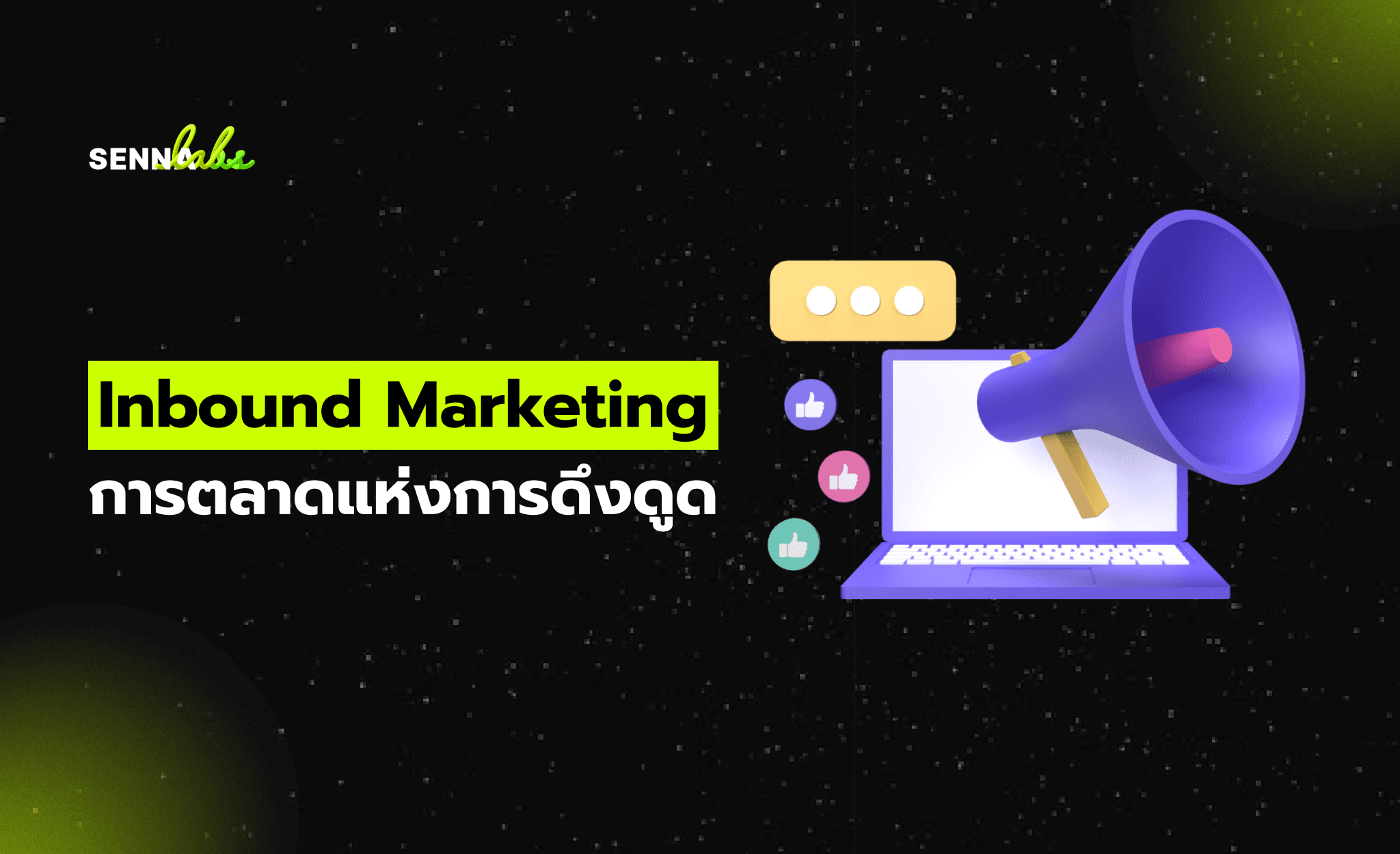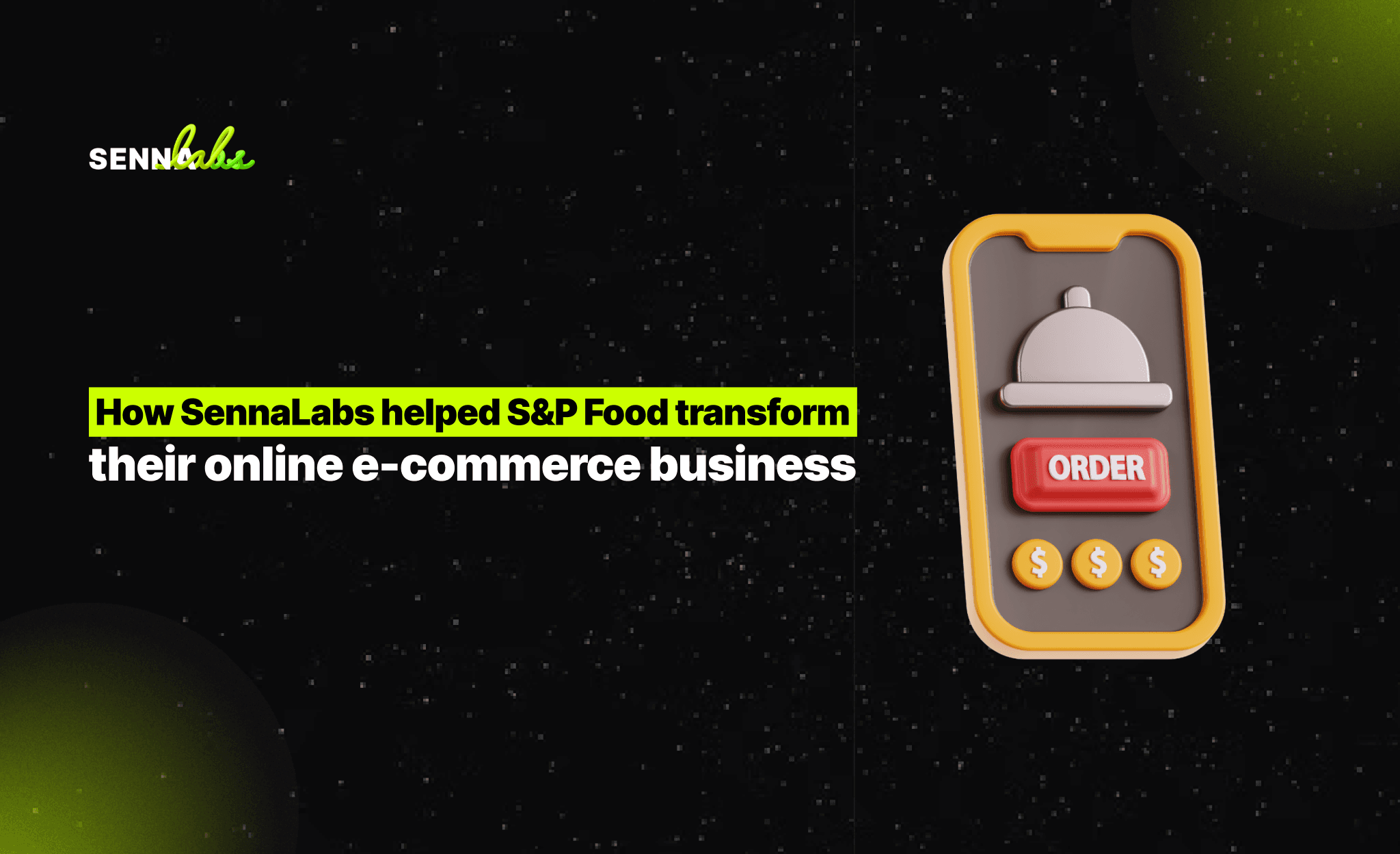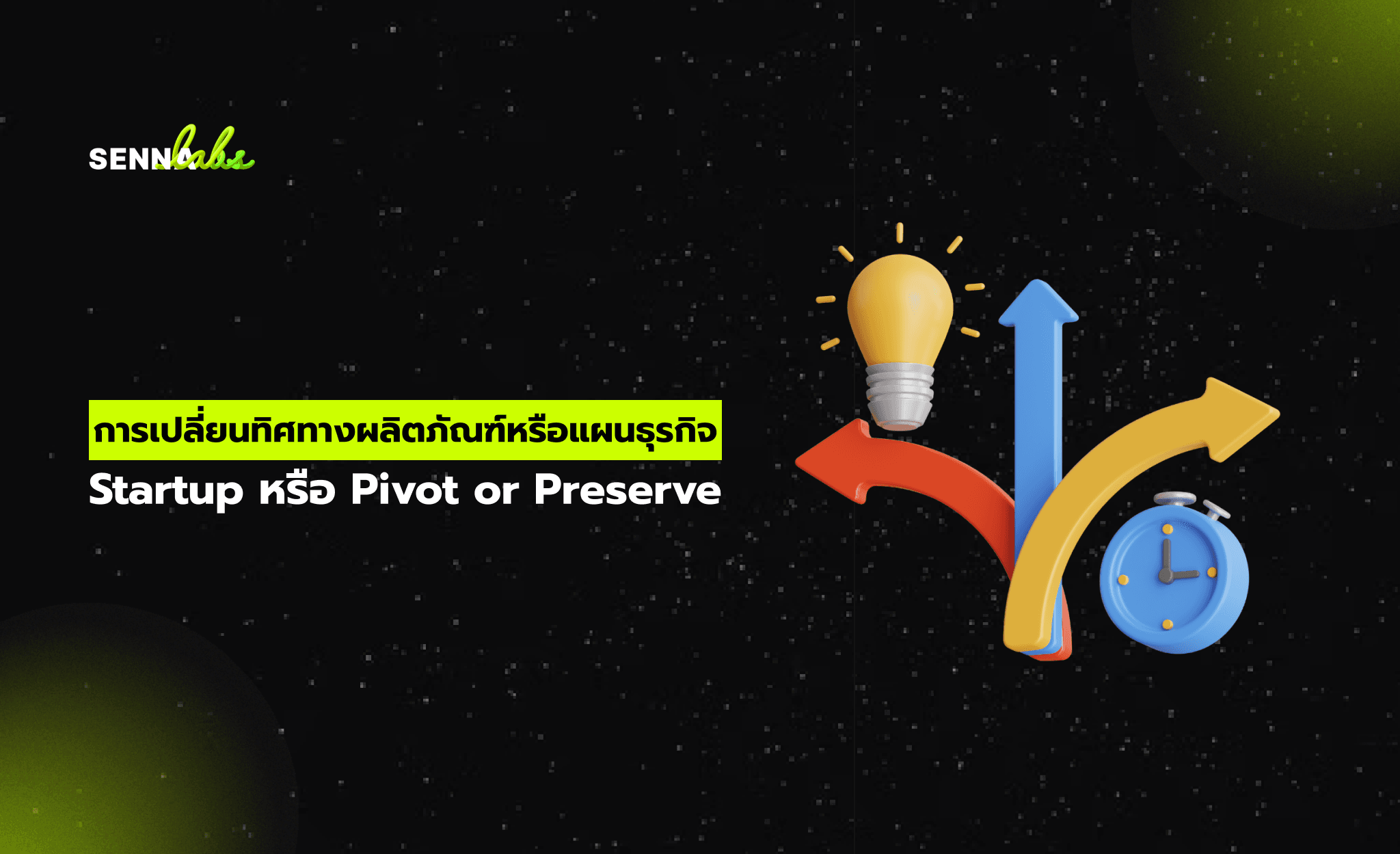How Micro-Interactions Can Drive Purchase Decisions and Boost Sales

In the competitive world of digital sales, user experience (UX) can make or break a conversion. Often, when we think of improving UX, we focus on the big-picture elements—like website design, navigation, or product displays. However, it’s the small details—the subtle, almost invisible interactions between users and a website or app—that can have the biggest impact on whether users complete their actions and ultimately convert.
These small, delightful design moments are known as micro-interactions. A micro-interaction is a subtle, single-purpose animation or action that provides feedback to users. Micro-interactions can guide, reassure, and encourage action, which is especially important when it comes to completing forms or making a purchase.
In this article, we’ll explore how micro-interactions influence decision-making, reduce friction, and boost sales conversions. We’ll also take a look at a real-world case study of a financial app that used checkmark animations to improve form completion rates by 20%, leading to an increase in sign-ups.

What Are Micro-Interactions?
Micro-interactions are the small design elements that provide feedback and guide users through their journey. These subtle animations can include:
-
Button hover effects: Buttons changing colors when hovered over
-
Loading animations: A spinner that appears when content is loading
-
Field validation animations: A checkmark appearing when a form field is completed correctly
-
Error messages: A subtle shake or a red outline when a user makes a mistake
-
Success indicators: A green checkmark or thumbs-up animation after a task is completed
Micro-interactions serve as signals that communicate to users that their actions have been recognized. They create a sense of control, and they can be used to provide positive reinforcement or gentle guidance throughout the user journey.
Why Micro-Interactions Matter for UX and Sales
1. Providing Immediate Feedback
One of the main functions of micro-interactions is to provide real-time feedback. When users perform an action—like submitting a form, making a selection, or completing a transaction—micro-interactions confirm that their action has been recognized and is in progress. For example, when a user fills out a form correctly and a checkmark animation appears, it reassures them that everything is going smoothly.
This quick feedback minimizes uncertainty and keeps users engaged. In contrast, forms or processes without any feedback can leave users feeling unsure whether their actions were successful, often leading to abandonment.
2. Reducing Friction and Frustration
Forms, especially long ones, can be frustrating. The longer the form, the more opportunities there are for users to make mistakes or feel that the process is taking too long. Micro-interactions help users feel more comfortable and informed by providing instant validation for their input. When a user types their name into a field and sees a green checkmark, they know they are moving in the right direction.
By guiding users through the process and providing reassurance, micro-interactions reduce abandonment and make users more likely to complete their actions.
3. Creating Positive Emotional Engagement
Micro-interactions have the power to create emotional connections. Whether it’s the excitement of seeing a product animation or the satisfaction of completing a task with a positive confirmation, these small animations engage users emotionally. This emotional engagement makes the experience feel more personal and enjoyable, increasing the likelihood that users will return or even make repeat purchases.
For example, a small “thank you” animation after a purchase feels like a positive reward and can improve customer satisfaction.
4. Encouraging Desired Actions
When users see small, rewarding micro-interactions, they’re more likely to continue interacting with the site. For example, after a successful form submission, a congratulatory animation can motivate the user to explore the next step. These subtle cues nudge users toward the next action without feeling pushy.
Micro-interactions can also be strategically used to guide users toward completing a purchase. For example, adding a progress bar or animated countdown can create a sense of urgency, prompting users to act quickly and finalize their purchase.
Case Study: Financial App Improves Sign-Up Rates with Checkmark Animations
A financial app that provides users with personal loan quotes and credit advice had high traffic, but their sign-up form abandonment rate was higher than expected. Users would start the form but often left before completing it. Upon investigation, the design team realized the form had no immediate feedback to reassure users as they filled it out, especially for fields like email address, phone number, and income.
The Problem:
-
Users had to fill out multiple fields without any visual confirmation that their input was correct.
-
The form had long gaps between user actions, leading to uncertainty about whether they had filled out the form correctly.
-
Mobile users found it hard to navigate the form due to small, unresponsive fields.
The Solution:
To address these issues, the team decided to implement micro-interactions to make the form feel more responsive:
-
Checkmark Animations: When users correctly filled out a form field (e.g., email or phone number), a small checkmark animation appeared next to the field, confirming that the input was correct.
-
Subtle Error Indicators: If a user made a mistake (such as entering an invalid email address), the field gently shook or highlighted in red, with a clear error message guiding them to fix it.
-
Progress Bar: A progress bar appeared at the top of the form, showing users how many steps were left, providing a sense of accomplishment and reducing the feeling of overwhelm.
-
Responsive Feedback: The form design was made more mobile-friendly, with larger input fields and easier navigation.
The Results:
-
Form abandonment dropped by 20% within a month of implementing the micro-interactions.
-
Sign-ups increased significantly, as users now felt more confident completing the form, thanks to immediate feedback on each field.
-
Customer satisfaction improved, with positive feedback highlighting how smooth and quick the process was.
This simple change in design—adding checkmark animations and error feedback—demonstrated how micro-interactions could transform a user’s experience, making them feel more engaged and motivated to complete tasks, leading to increased conversions and sales.
How to Implement Micro-Interactions to Drive Sales
1. Use Real-Time Feedback
Implement micro-interactions to show users when they’ve completed an action correctly. For example, after users fill out a form field correctly, display a checkmark or success icon.
2. Guide Users with Visual Cues
For multi-step forms or processes, use progress bars or step indicators to guide users through the process. Show users where they are in the process and how much is left to complete.
3. Make Error Handling Clear
Micro-interactions can help users identify mistakes immediately. Use subtle animations like a shake or highlighting the incorrect fields to guide users toward corrections.
4. Create Delight with Small Animations
Simple animations, like a confetti burst or a success message, when a user completes a form or makes a purchase can evoke positive emotions, reinforcing satisfaction and boosting the likelihood of repeat actions.
5. Ensure Accessibility
Micro-interactions should work for everyone, including users with disabilities. Make sure animations can be paused or turned off, and provide text alternatives for non-visual feedback.
Conclusion: Small Details, Big Impact
Micro-interactions might seem like small details, but they can have a huge impact on user experience and sales conversions. By providing real-time feedback, guiding users through tasks, and creating emotional engagement, micro-interactions help reduce friction and build trust.
In the case of the financial app, the simple addition of checkmark animations and progress indicators resulted in a 20% reduction in abandonment and a significant increase in sign-ups.
By thoughtfully integrating micro-interactions into your website or app, you can turn mundane tasks into delightful experiences, boost engagement, and drive conversions.


Subscribe to follow product news, latest in technology, solutions, and updates
Other articles for you



Let’s build digital products that are simply awesome !
We will get back to you within 24 hours!Go to contact us Please tell us your ideas.
Please tell us your ideas.







